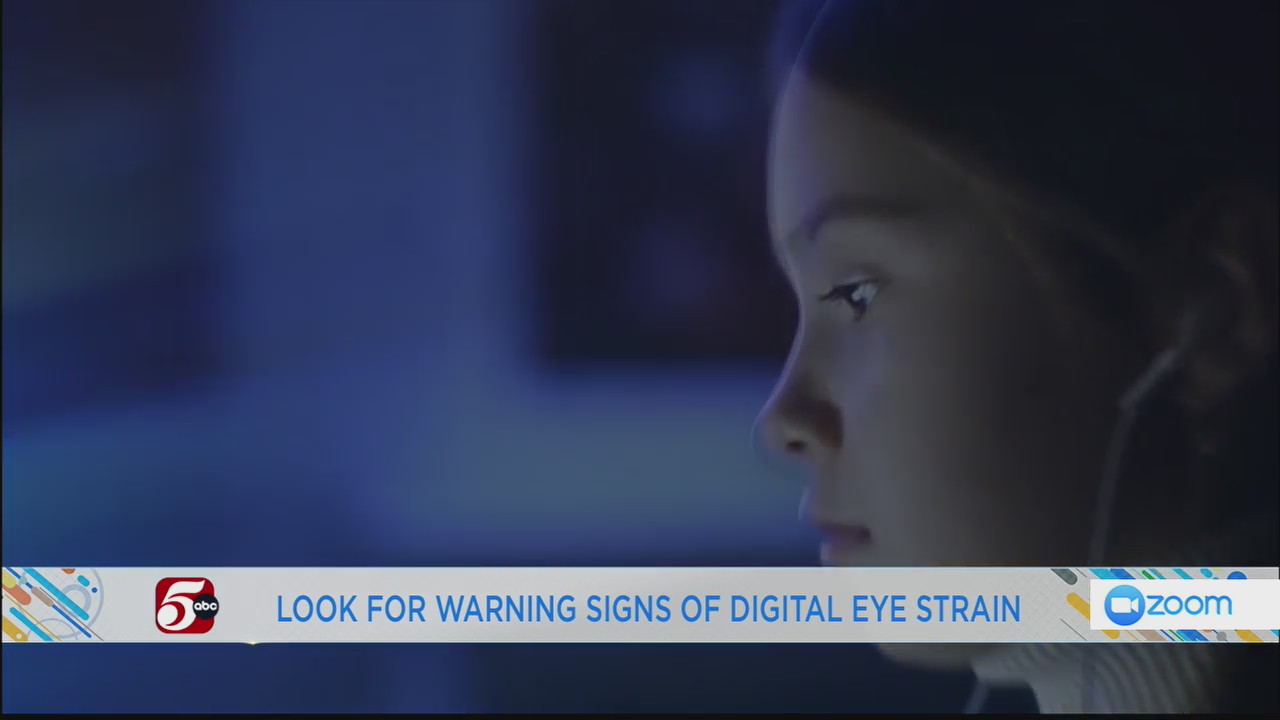Blue Light Concerns
[anvplayer video=”5090693″ station=”998128″]
Since 2020, much of our lives have moved digitally. The amount of screen time has increased, which means exposure to blue light has increased as well.
Chief Medical Officer, Dr. Robert Kantor from UnitedHealthcare, shares the best ways to reduce that exposure.
1. Look for warning signs of digital eye strain
- Nearly 60% of adults report experiencing symptoms of digital eye strain
- Could be dry eyes, headaches and neck or shoulder pain
- For parents it’s important to look for digital eye strain and other signs of vision problems because children may not be aware and think their vision is normal
- Red flags include: Squinting while reading or watching television, difficulty hitting or catching a ball while playing sports
2. Set screens at a proper distance
- Keep the device at least 30 inches away from eyes
- Keeping distance is especially important for children because they tend to hold devices close to their face
- For computer-based jobs, set reference documents so your head does not need to be repositioned to see them (ex. above your keyboard, below the monitor, etc.)
3. Leverage blue light blocking technology
- Many smartphones have “night mode” which helps filter out blue light
- Specialized screen protectors can feature blue light filtering properties
- Some computer manufacturers are embedding blue light filtering tech into screens
- Blue light glasses
